Suggestions for bog plants?
mainerose
17 years ago
Related Stories

GARDENING GUIDESGreat Design Plant: Cephalanthus Occidentalis
Buttonbush is an adaptable woody shrub with delightful pincushion flowers
Full Story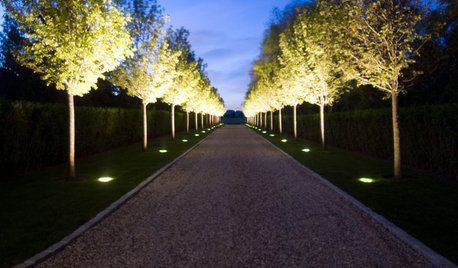
LANDSCAPE DESIGN6 Suggestions for Harmonious Hardscaping
Help a sidewalk, driveway or path flow with your garden design, for a cohesive and pleasing look
Full Story
GREEN BUILDINGEfficient Architecture Suggests a New Future for Design
Homes that pay attention to efficient construction, square footage and finishes are paving the way for fresh aesthetic potential
Full Story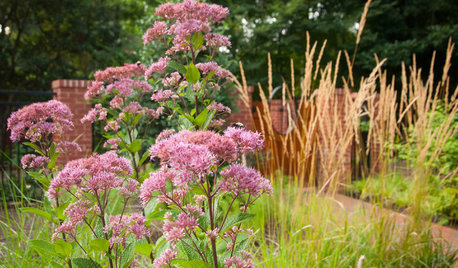
GARDENING GUIDESGreat Design Plant: Eutrochium Maculatum
Sculptural, slightly tropical looking and a boon to wildlife, Spotted Joe Pye Weed is a gotta-have plant in many parts of the U.S.
Full Story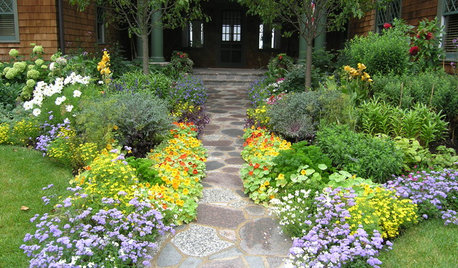
GARDENING GUIDESPathway Plantings That Please the Senses
Add some color, life and intrigue beside your sidewalk with these 7 suggestions
Full Story
GARDENING GUIDES6 Plants That Beat Butterfly Bush for the Wildlife Draw
It's invasive, a nonnative and a poor insect magnet. Check out these better alternatives to butterfly bush in the garden
Full Story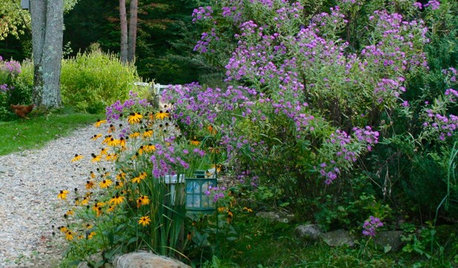
GARDENING GUIDESTop 10 Native Plants for the Northeast
For a low-maintenance, wildlife-friendly landscape, use native plants adapted to the climate and range of soils in the Northeast
Full Story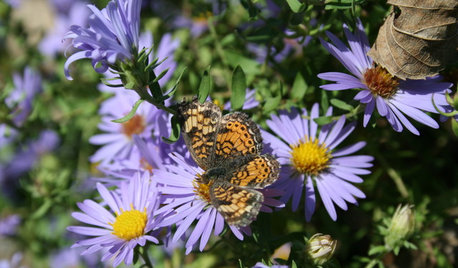
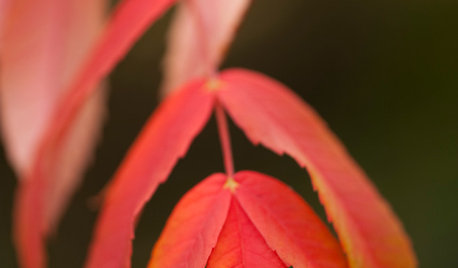
GARDENING GUIDESGreat Design Plant: Rhus Glabra
Smooth sumac provides powerful jolts of fall color and persistent fruit clusters that add interest through the winter
Full Story
GARDENING GUIDES9 Clay-Busting Native Flowers for Summer Sun
These plants survive and even thrive in tough clay soil east of the Rocky Mountains
Full Story





Golddogs
ginny12
Related Professionals
Canton Landscape Architects & Landscape Designers · Buford Landscape Contractors · Lakeland Landscape Contractors · Ashburn Landscape Contractors · Biloxi Landscape Contractors · Dudley Landscape Contractors · Louisville Landscape Contractors · North Lauderdale Landscape Contractors · Ponte Vedra Beach Landscape Contractors · Pueblo West Landscape Contractors · Smyrna Landscape Contractors · Winter Gardens Landscape Contractors · Fort Worth Siding & Exteriors · Kannapolis Siding & Exteriors · Lombard Siding & ExteriorsmaineroseOriginal Author
maureenbee
NHBabs z4b-5a NH
mikefrommaine
suenh
chelone